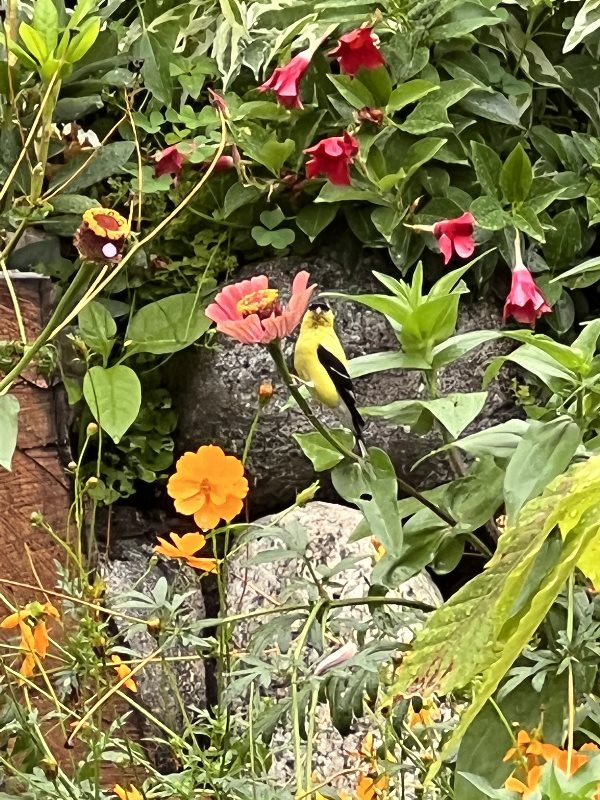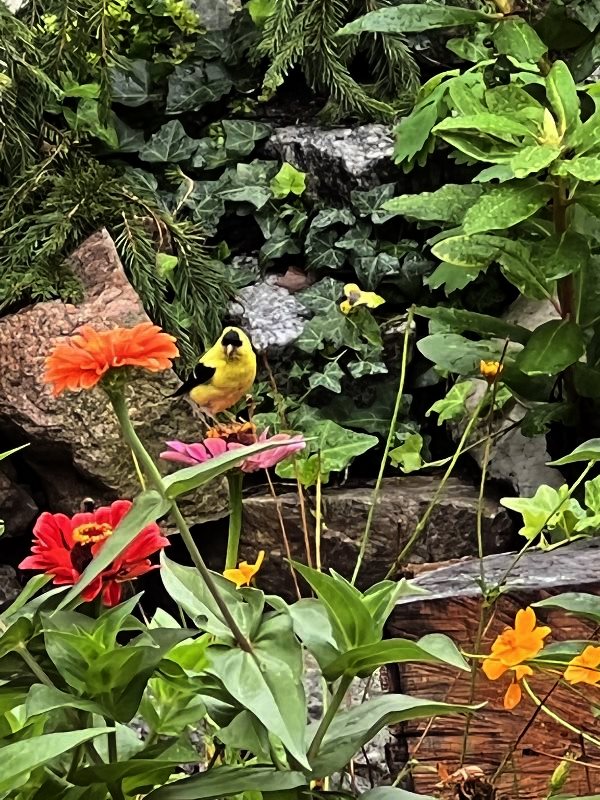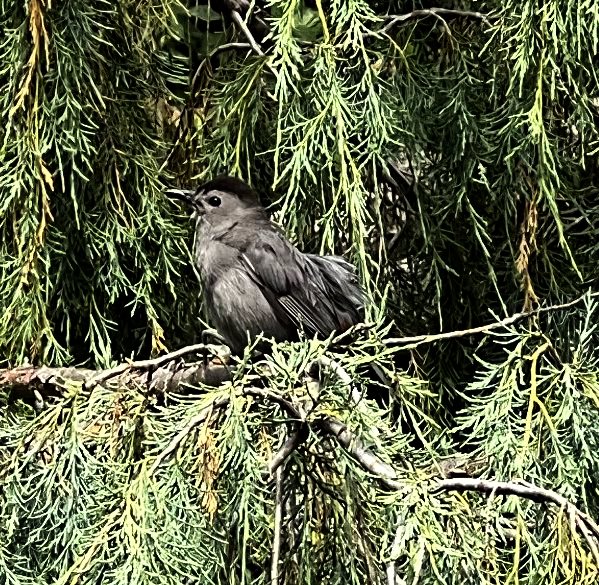
Ashley Davidoff TheCommonVein.net

Ashley Davidoff TheCommonVein.net

Ashley Davidoff TheCommonVein.net
The Gray Catbird (Dumetella carolinensis) is a medium-sized songbird that belongs to the mimid family (Mimidae). Here’s some information about the Gray Catbird:
- Appearance: The Gray Catbird has a medium-sized body, measuring about 20 cm (8 inches) in length and weighing around 23-40 grams. It has a plain gray overall plumage, with a dark gray head and a black cap on top. The underparts are lighter gray. The tail is long and usually held upright or slightly cocked.
- Vocalizations: The Gray Catbird is known for its extensive repertoire of songs and calls. It has a melodic and varied song, which often includes mimicked sounds of other bird species, as well as unique vocalizations. Its call is a distinctive “mew” or “cat-like” sound, from which it gets its common name.
- Range and Habitat: The Gray Catbird is native to North America and can be found throughout much of the continent. It breeds in the eastern and central parts of the United States, southern Canada, and parts of Mexico. During the winter, it migrates to southern parts of the United States, the Caribbean, and Central America. It prefers habitats with dense vegetation, such as shrubby areas, thickets, gardens, and forest edges.
- Behavior: Gray Catbirds are generally secretive birds, often hiding in dense foliage. They are known for their agility and can be seen hopping between branches and shrubs. They forage on the ground or in low vegetation, feeding on insects, berries, fruits, and sometimes even small amphibians or reptiles. They may also visit backyard bird feeders for food.
- Breeding: During the breeding season, male Gray Catbirds establish territories and attract mates by singing. They build cup-shaped nests, typically in dense shrubs or small trees, using twigs, leaves, grass, and other plant materials. The female lays a clutch of 2-6 eggs, which she incubates for about two weeks. Both parents participate in raising the young until they fledge after about two weeks.
- Conservation Status: The Gray Catbird is considered a species of least concern in terms of conservation status. Its population is stable, and it has a wide distribution. However, habitat loss and fragmentation can still pose threats to their populations in some areas.
The Gray Catbird is a remarkable bird known for its vocal abilities and secretive behavior. Birdwatchers and nature enthusiasts often enjoy observing and listening to its varied songs and calls in natural habitats.
